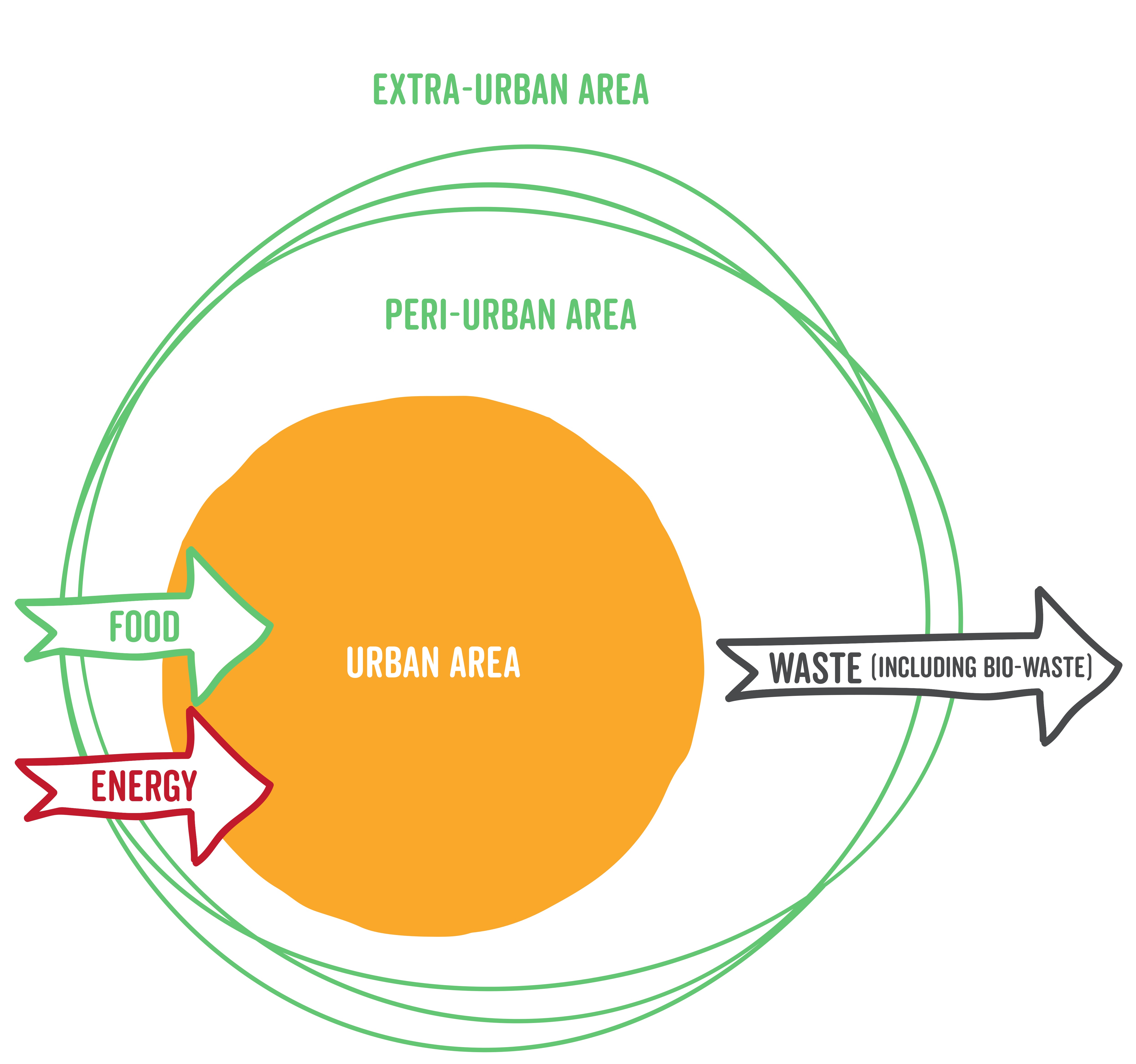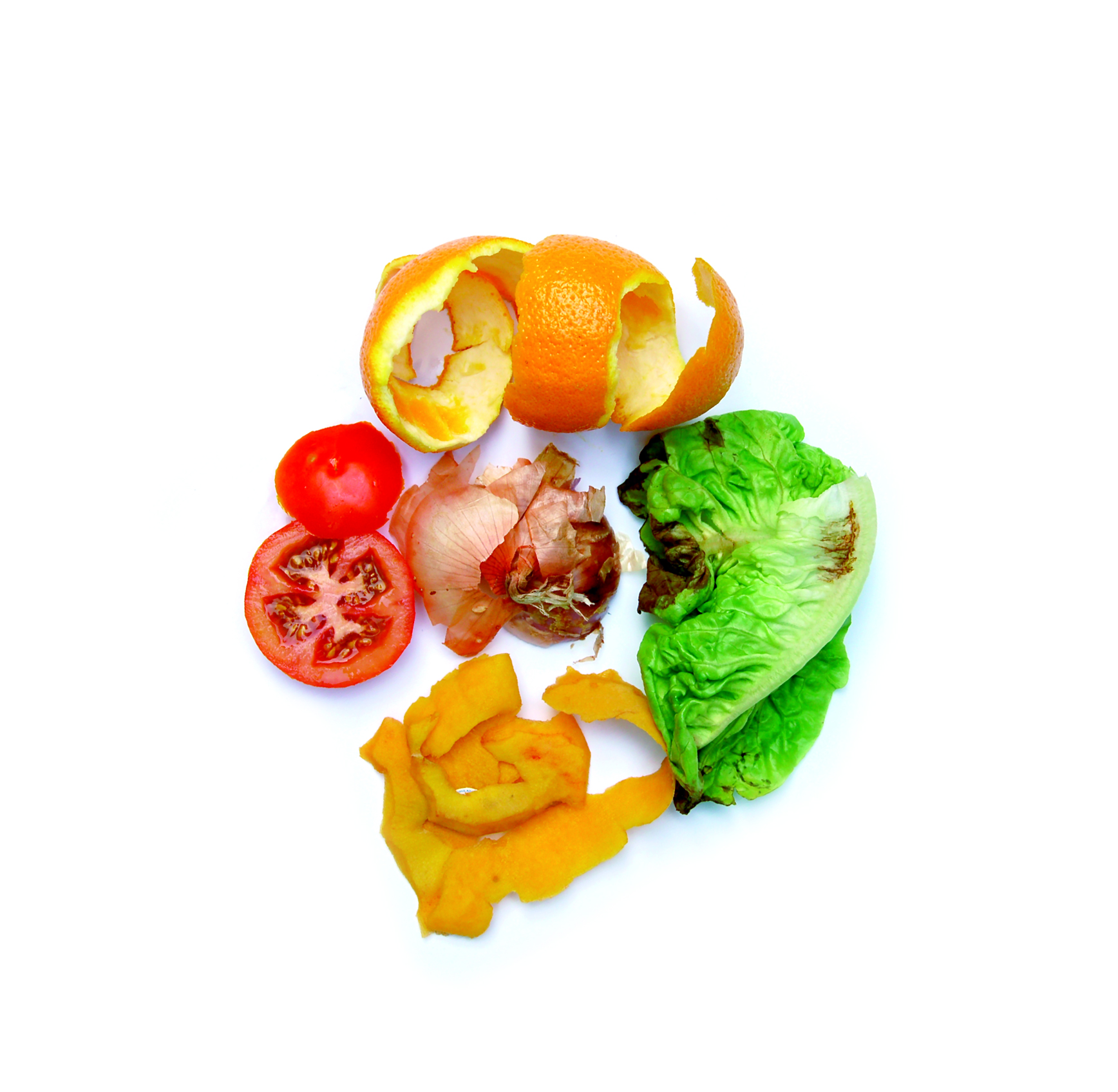THE CHALLENGE
Current situation in urban centres
In Europe the urban population is expected to increase from 72.1% in 2009 to 84.3% in 2050. This growing urbanization results in an increasing energetic and food demand and produces high amounts of municipal solid waste: 243 million t per year in Europe in 2006 and projected to reach 271 million t in 2020. This puts environmental, economic and social pressure on the urban centres. Organic waste represents one of the largest fractions of the municipal waste mass: from 14% to 47% depending on the European countries; more than 60% in developing countries. This organic waste can generate odour, GHG emissions, leachate and sanitary problems; it also represents a great resource for renewable energy production and also for providing agronomic added-value products needed for agricultural production. Thus an effective scheme of management for urban organic waste is essential to bring urban development to a fully sustainable dynamics and improve the cities’ resilience in terms of nutrients and energy flows.


The issue of bio-waste
Bio-waste represents a significant part of urban organic waste and is projected to reach 96 Mt per year in Europe in 2020. Bio-waste encompasses green waste from parks and garden as well as food and kitchen waste from households, restaurants, caterers and retail premises. It is believed than more than 50% of this bio-waste is produced by households.
The Waste Framework Directive established a hierarchy when it comes to tackling the waste issue, which applies to bio-waste. The most favoured option is prevention and re-use: reduction of food wastage, food donation to charities and food banks. Promoting on-site or home composting is also a relevant solutions to prevent bio-waste from entering the waste management system. The Landfill Directive sets targets to significantly reduce the amount of bio-waste sent to landfills while the recommended way of managing biowaste is biological treatment through anaerobic digestion (AD) and/or composting. Aside of these two major ways for valorization of organic matter, new biorefinery approaches are being developed targeting the simultaneous production of valuable bioproducts by the use of innovative conversion technologies such as solid-state fermentation (SSF).
